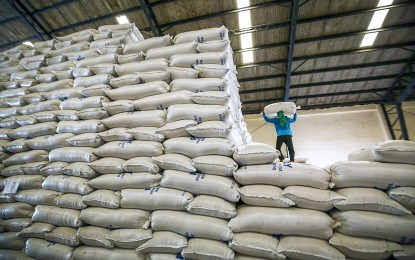How to Minimize Your Impact When Visiting Antarctica or the Arctic
As tourism to Antarctica and the Arctic grows, it's crucial to minimize environmental impact. Visitors should choose responsible tour operators, follow wildlife guidelines, stay on designated paths, prevent contamination, and limit resource use to help protect these fragile ecosystems.
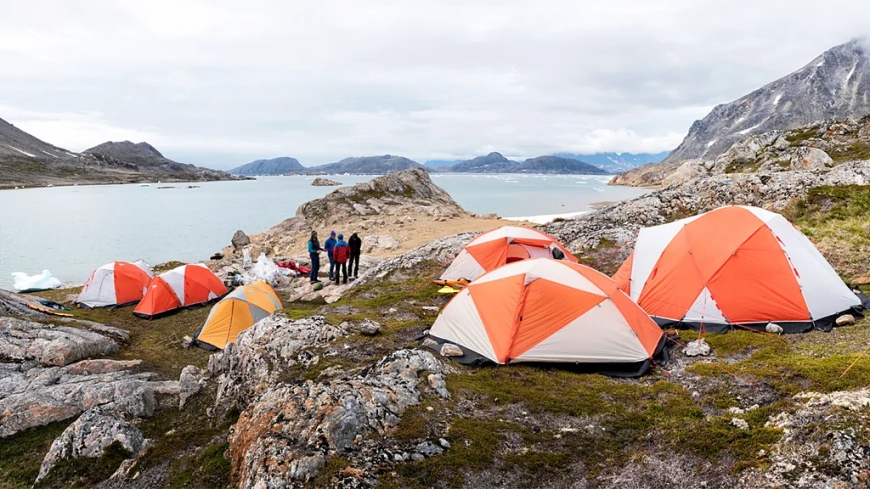
Responsible Travel to the Polar Regions
Visiting the icy landscapes of Antarctica and the Arctic offers a rare glimpse into some of the world's most untouched natural environments. However, these regions are highly sensitive to human activity, making responsible tourism essential. With an increasing number of travelers heading to the poles, experts emphasize the importance of minimizing environmental impact to preserve these fragile ecosystems.
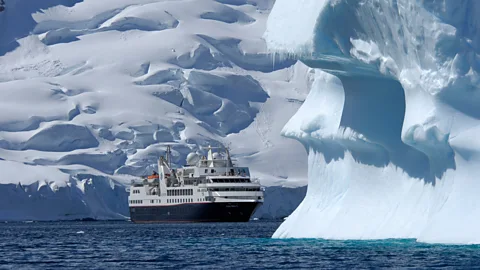
Choosing Responsible Tour Operators
Selecting the right tour operator plays a key role in sustainable polar travel. Organizations like the International Association of Antarctica Tour Operators (IAATO) and the Association of Arctic Expedition Cruise Operators (AECO) set strict environmental guidelines that responsible tour providers follow. These protocols ensure that travel activities do not disturb wildlife, pollute the environment, or introduce invasive species.
Respecting Wildlife and Natural Habitats
Encounters with penguins, seals, polar bears, and seabirds are often highlights of a polar expedition, but visitors must adhere to strict wildlife protection measures:
- Maintain a safe distance from animals to avoid causing stress or altering their behavior.
- Follow silent observation practices to avoid disrupting natural interactions.
- Give wildlife the right of way, never blocking their path or disturbing their habitat.
Even seemingly harmless actions, such as leaving behind food scraps, can have severe consequences on the fragile food chain in these regions.
Staying on Designated Paths
Land excursions in the Arctic tundra or Antarctic coastline require visitors to stick to marked trails to prevent damage to plant life. Vegetation in these extreme environments, such as mosses and lichens, takes decades to recover if trampled. Tour guides ensure that visitors move in small, controlled groups to minimize disruption.
Preventing Contamination
Before embarking on a trip to Antarctica or the Arctic, travelers are required to decontaminate their gear to prevent introducing foreign species. Some key preventive measures include:
- Cleaning boots and clothing before departure to remove seeds and bacteria.
- Avoiding Velcro materials, which can trap debris and transport unwanted organisms.
- Following ship and station sanitation protocols to reduce contamination risks.
Limiting Resource Use and Waste
Since resources in the polar regions are limited, visitors should:
- Use water and electricity sparingly while aboard expedition vessels.
- Follow a strict "leave no trace" policy, carrying out all waste, including biodegradable items.
- Participate in conservation programs, such as scientific research initiatives or awareness campaigns.
Being Well-Prepared for the Harsh Conditions
Proper preparation is essential for a safe and low-impact journey. Travelers should pack:
- Thermal clothing and waterproof layers to stay warm and dry.
- Eco-friendly toiletries to avoid contaminating local water sources.
- Seasickness medication to prevent unnecessary distress that could require emergency assistance.
By following these guidelines, tourists can help protect the pristine beauty of Antarctica and the Arctic while ensuring their visits remain sustainable and environmentally friendly.
What's Your Reaction?












/https://tf-cmsv2-smithsonianmag-media.s3.amazonaws.com/filer_public/54/66/546650fa-26a4-40fd-8d6d-5a7a04540f81/rosetta2.png)
:max_bytes(150000):strip_icc():focal(999x0:1001x2)/robert-prevost-050825-1-39395418ab494da5a3a700c9478e66c8.jpg)


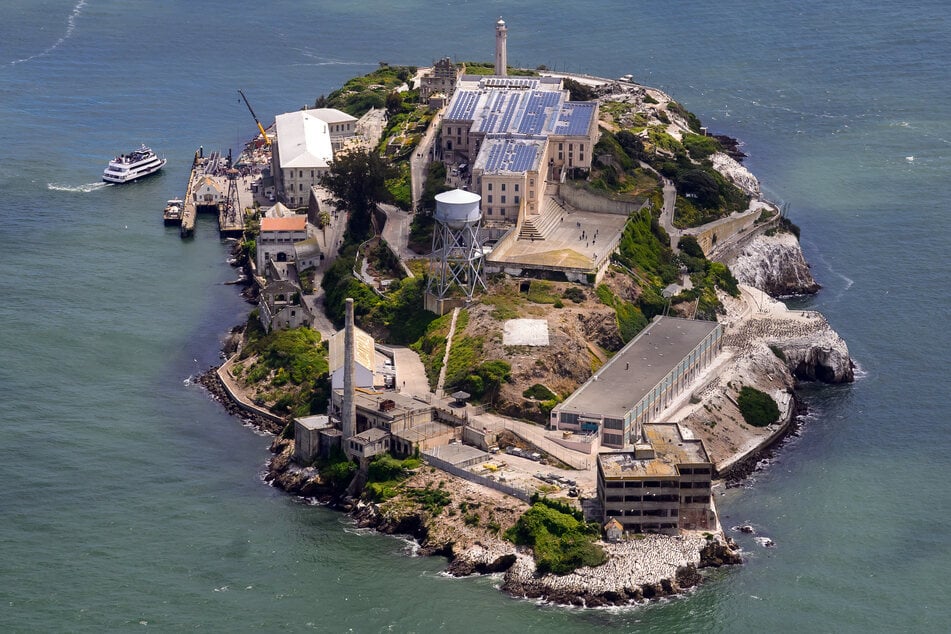























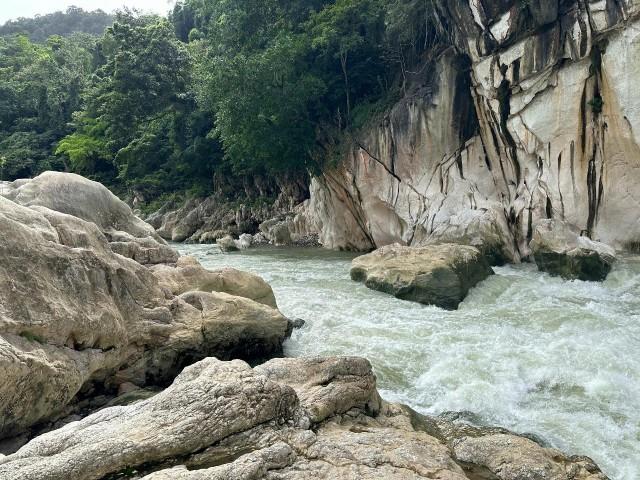




















format(webp))
format(webp))











